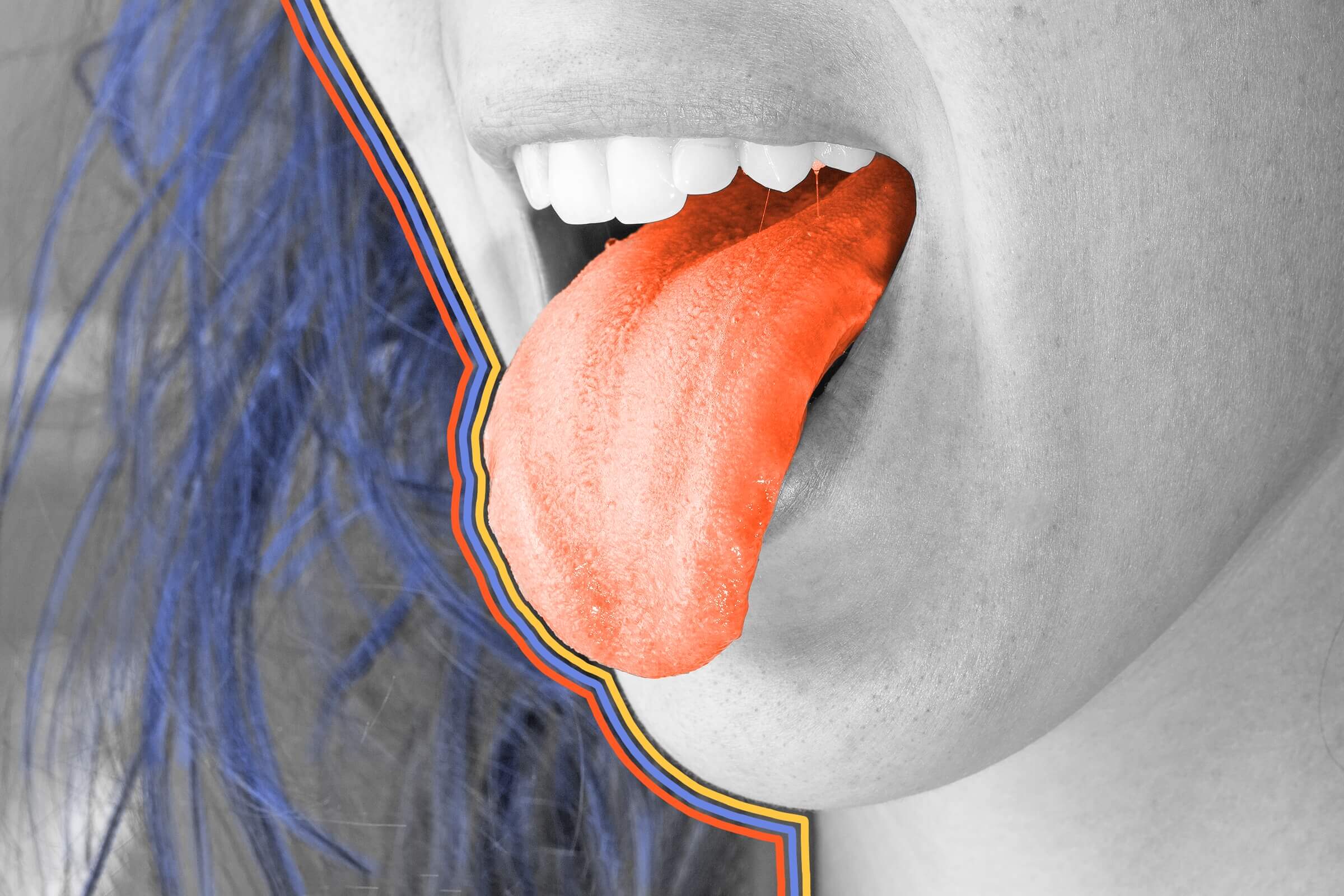
Everyone has a unique tongue print.
When detectives investigate a crime scene in any prime-time cop drama, they’re often on the hunt for one thing: fingerprints. Because these intricate patterns of whorls and lines are exclusive to each individual, fingerprints have been a go-to method for tracking down suspects for more than a century. However, our fingerprints are not unique when it comes to being, well, unique. Our tongues, like our fingerprints, are also specific to each individual. That’s right — people have tongue prints, which vary from one person to another due to both shape and texture. And perhaps surprisingly, the organ has been gaining some popularity as a method for biometric authentication.
Where fingerprints can be altered, eyes affected by astigmatisms or cataracts, and voices changed just by the all-too-common cold, the human tongue is relatively protected from external factors. Sticking out one’s tongue for a print also involves a layer of conscious control and consent that goes beyond what’s required for retinal scans or even fingerprinting, which could make it a more appealing biometric tool for some. In fact, these “lingual impressions” may be so advantageous over other forms of authentication that some researchers have started investigating the idea of a tongue print database, using high-resolution digital cameras to record every ridge, line, and contour of that muscular organ in our mouths. Although promising, this research is in its early stages — meaning that “lick to unlock” won’t be an iPhone feature any time soon.
Whether it was in a biology class or from a friend, you’ve likely heard the story that tongue rolling ― that is, forming your tongue in the shape of a “u” — is a genetic trait (shared by an estimated 65% to 81% of people). Although that may seem plausible at first, the genetic explanation of tongue-rolling is actually a persistent myth, and one still found in some biology textbooks today. The idea dates back to 1940, when geneticist Alfred Sturtevant suggested that tongue-rolling was a Mendelian trait — meaning the ability isn’t a combination of parental genes but instead inherited from one parent or the other. However, a study in 1952 involving 33 identical twins (who share the same genetic makeup) found that seven pairs didn’t share the same tongue-rolling trait. Other studies have found that two non-rolling parents can produce offspring who can roll their tongue, suggesting that the “skill” isn’t simply genetics. Sturtevant eventually retracted the idea, yet the myth lives on.

